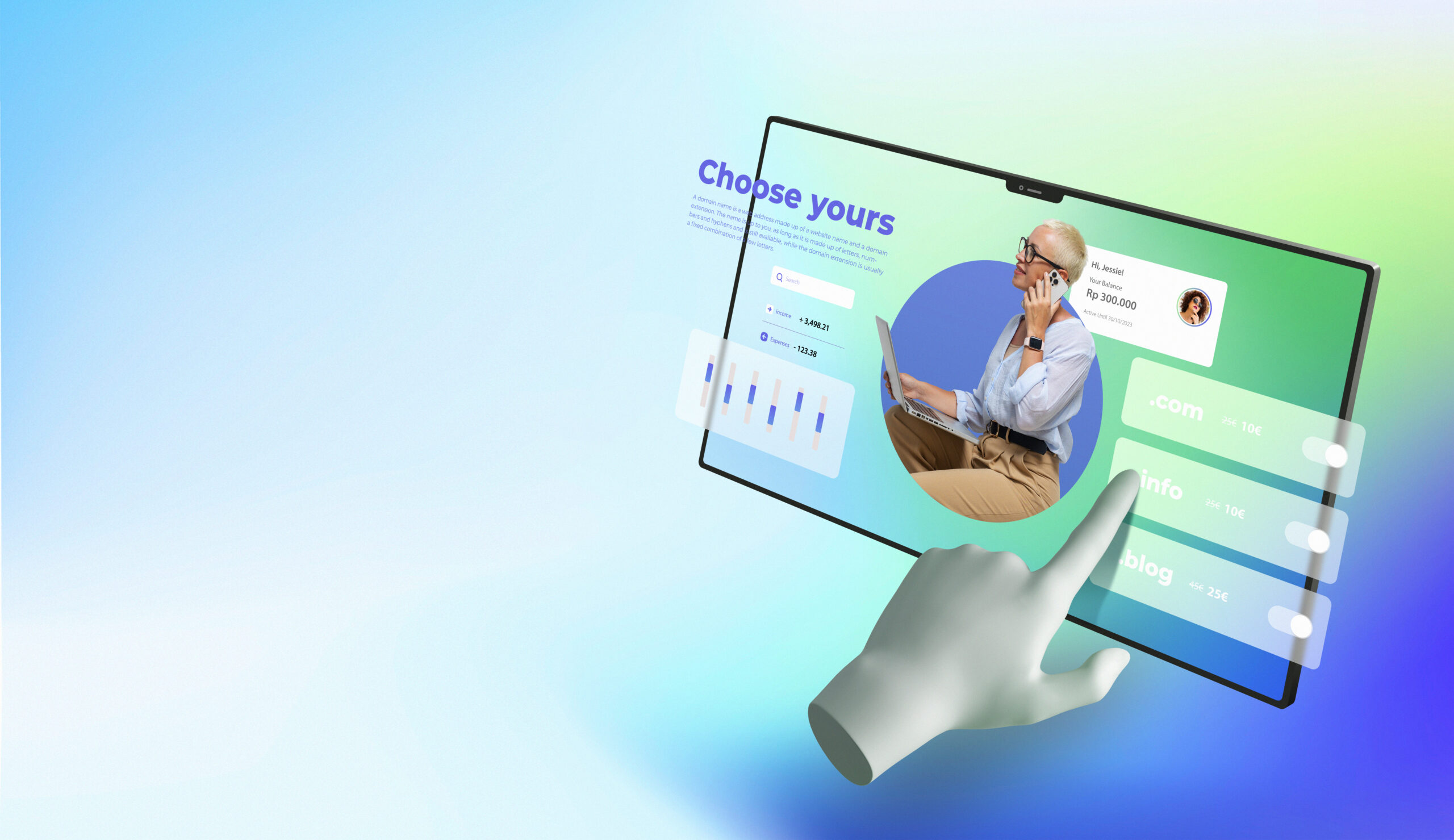In today’s bustling digital realm, standing out is not just a luxury but a necessity. How do you ensure your website isn’t just another drop in the ocean of online content? The answer lies in a potent strategy called website personalization. By tailoring your site’s content to meet the individual needs and preferences of each visitor, you can make their experience feel unique, leading to better engagement and increased conversion rates.
Leap forward in the digital realm using E-commerce Redesign Services for your website.
Understanding the Basics of Website Personalization
Before diving deep, it’s essential to grasp the foundational concept. Website personalization is the process of creating tailored experiences for visitors by presenting content, product recommendations, and specific offers based on their behavior, preferences, or demographics.
Rather than presenting a one-size-fits-all website, personalization allows for a more direct and relevant connection between the business and its audience. For instance, imagine visiting a website that immediately recommends products or content based on your past purchases or browsing behavior. That’s website personalization at work, making your browsing experience more tailored and relevant.
The Significance of Website Personalization
In an era where attention spans are dwindling, offering a personalized experience can be a game-changer. Not only does website personalization cater to the user’s unique preferences, but it also yields tangible benefits for businesses. First, by offering relevant content, businesses can reduce bounce rates. If a user feels the website speaks directly to their needs, they are more likely to stick around.
Additionally, personalization can lead to increased sales. When product suggestions or content recommendations are in line with a user’s interests, they’re more inclined to make a purchase. Lastly, a tailored experience boosts brand loyalty. When a user feels recognized and valued, they are more likely to return and recommend the site to others.
Another article of interest might be The Delicate Balance of Web Cookies and User Privacy.
Strategies for Implementing Website Personalization Effectively
Getting started with website personalization requires both strategy and technology. Here are some steps to help you get started:
- Gather Data: The first step is collecting data about your users. This can be through tracking their browsing behavior, purchase history, or even survey feedback.
- Segment Your Audience: Divide your audience into distinct segments based on shared characteristics. For instance, you might have a group of frequent shoppers or a segment of users who’ve visited but never made a purchase.
- Choose the Right Tools: Several tools can help automate the personalization process, making it easier to serve up tailored content or product suggestions.
- Test and Refine: Lastly, always monitor the results. Analyze which personalization strategies are working and adjust as needed to ensure continued success.
With these steps in mind, embarking on the path of website personalization becomes a clearer and more attainable task.
Delving Deeper: Advanced Techniques for Personalization
As you become more familiar with website personalization, you’ll find opportunities to enhance your strategies. Here are some advanced techniques to consider:
- Dynamic Content Adjustments: Implement a system where your content dynamically changes based on a user’s behavior or preferences. For instance, if a user has shown interest in a particular topic, your homepage can prioritize articles or products related to that topic.
- Personalized Email Marketing: Integrating your website’s personalization strategies with your email campaigns can yield impressive results. Sending emails based on a user’s behavior on your website (like abandoning a cart or browsing a specific category) can significantly boost conversion rates.
- Geo-Location Personalization: Tailor content or offers based on a user’s location. For example, promoting winter apparel to users from colder regions while suggesting summer wear to those in tropical areas can make your offers more relevant.
Constant Evolution: Keeping Up With Changing User Preferences
The online world is ever-evolving, and so are user preferences. What works today might not be as effective tomorrow. Hence, it’s essential to keep an ear to the ground and continuously adapt. Regularly reviewing and updating your personalization strategies will ensure that your website remains relevant and continues to offer a tailored experience. Encourage user feedback, keep up with industry trends, and never stop testing new personalization approaches.
Conclusion
Website personalization is no longer just an add-on but a crucial element in the online business toolkit. By understanding your audience, leveraging the right tools, and continuously refining your strategies, you can offer an unparalleled user experience. This not only leads to immediate benefits like increased sales and reduced bounce rates but also fosters long-term brand loyalty. In the vast sea of online content, making your visitors feel valued and understood can set you apart, and website personalization is the key to achieving that distinction. Embrace it, perfect it, and watch as your website transforms into a powerful conduit for business growth and user engagement.


